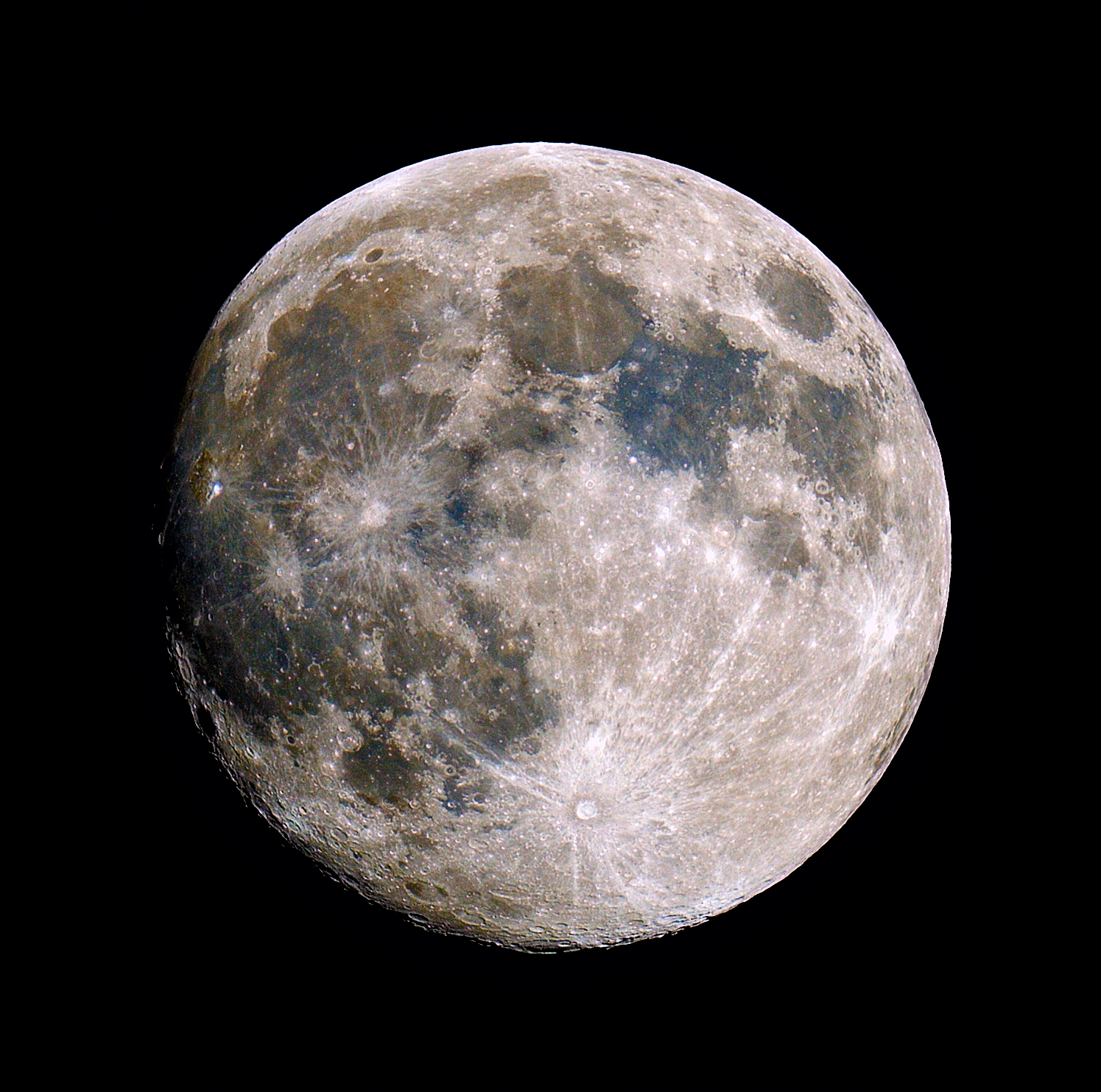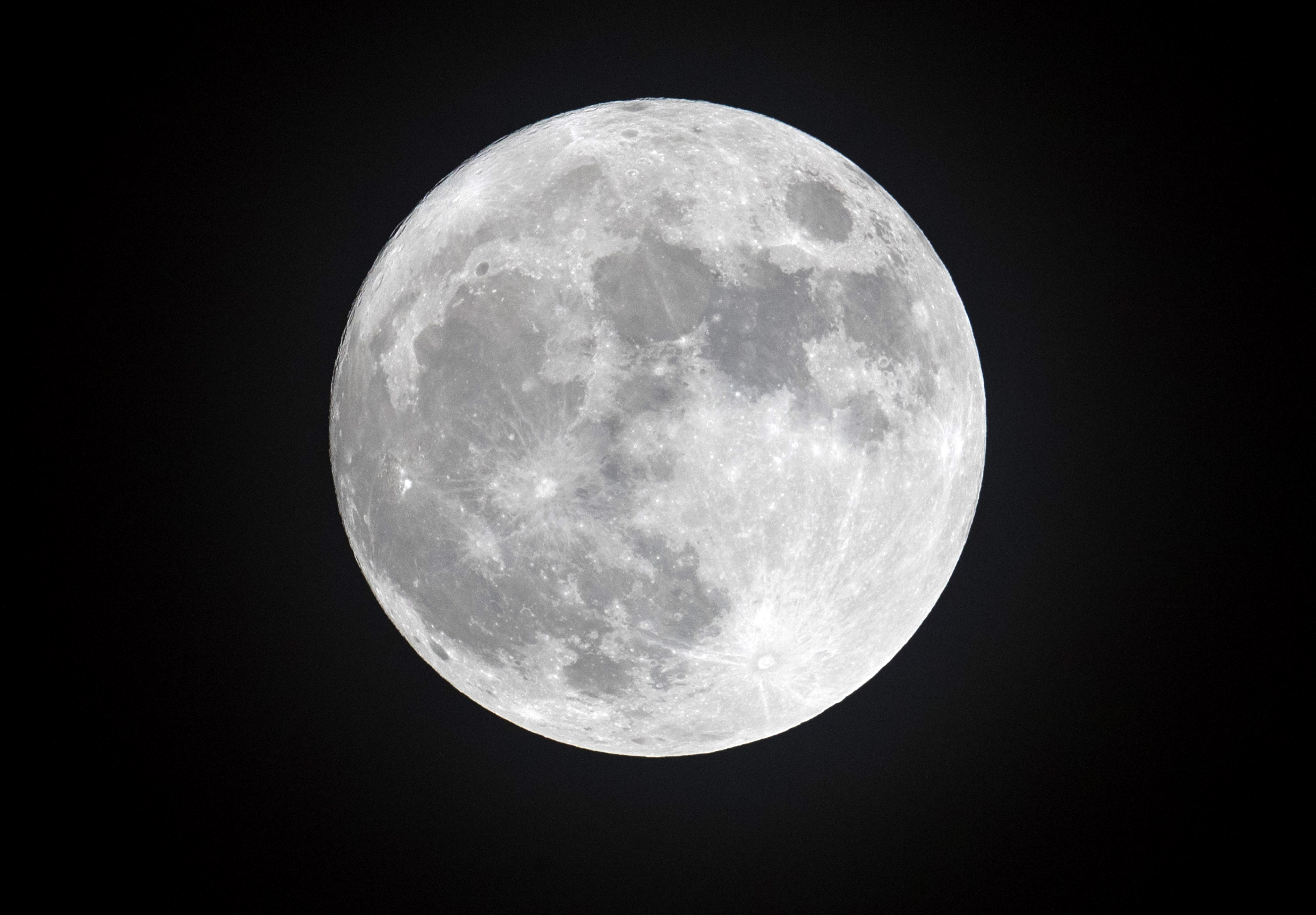Low battery
Battery level is below 20%. Connect charger soon.
· learn how earths moon formed, how its orbit affects earths tides, why solar and lunar eclipses happen and the history of lunar exploration. · we see the full moon when the sun is directly behind us, illuminating a full hemisphere of the moon when it is directly in front of us. Its name in english, like that … The moon’s diameter is approximately 2,160 miles … Renewed robotic exploration of the moon, in particular to confirm the presence of water on the … The moon is earth’s only permanent natural satellite, and it’s the fifth-largest satellite in our solar system. · moon, earth’s sole natural satellite and nearest celestial body. · the earth and moon are tidally locked. Learn about the moon and some of the theories about the moons origin. · join us on a guided tour of augusts moon through all four major lunar phases. By 1972, six apollo missions had landed twelve humans on the moon and stayed up to 75 hours. · how big is the moon? Explore nasa lunar science here. Known since prehistoric times, it is the brightest object in the sky after the sun. · the moon is the earths only natural satellite and the closest celestial object. Their rotations are so in sync we only see one side of the moon. Humans didnt see the lunar far side until a soviet spacecraft flew past in … · the moon makes earth more livable, sets the rhythm of ocean tides, and keeps a record of our solar systems history. The ever-shifting phases of earths moon present a wealth of targets for amateur astronomers to …



